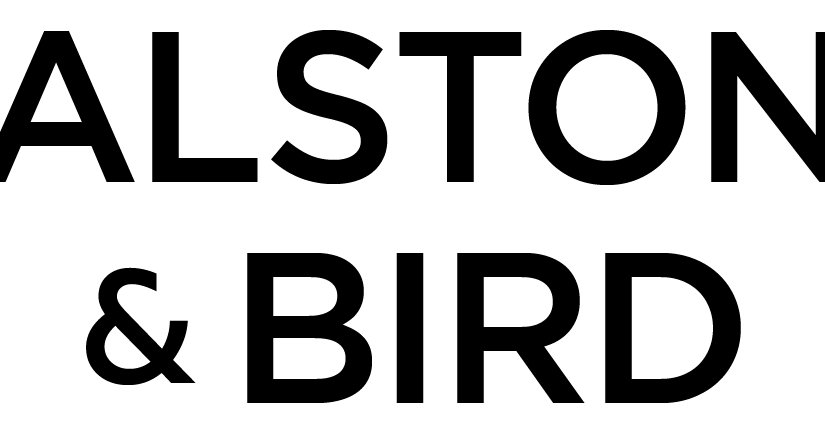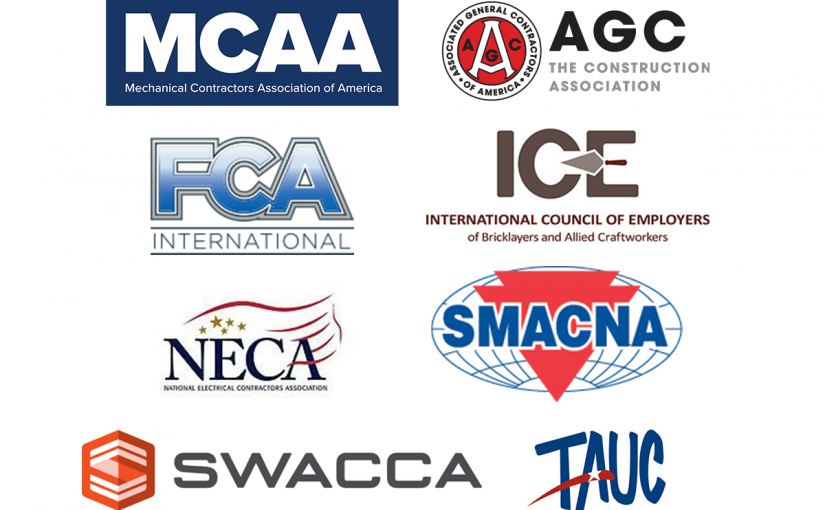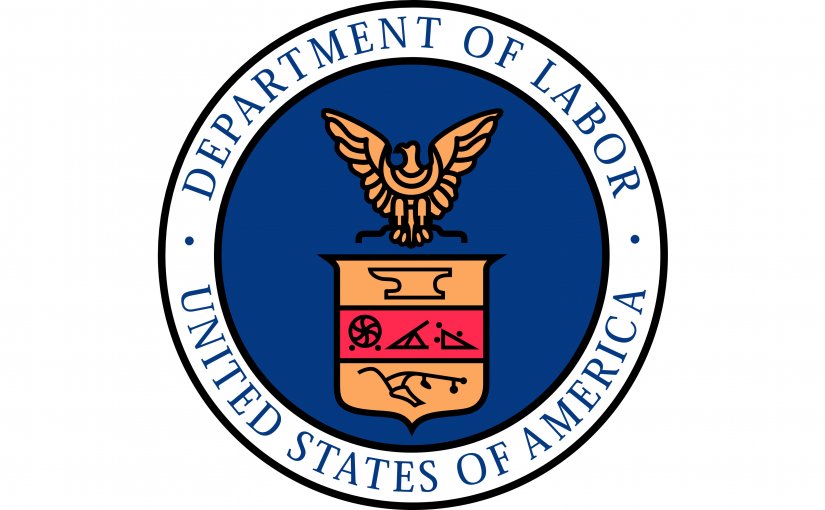Withum COVID-19 Bill Update – 5/18/2020
PPP Forgiveness Application
On Friday, May 15, new guidance regarding the calculation of forgiveness was issued in the form of a forgiveness application. Withum has provided a detailed analysis of the document in this article. The introduction of this document is significant because it clarifies many questions with respect to how the calculation works. We suspect more guidance will come out but it is fair to assume this is the “bulk” of what we should expect to get. We highly recommend that you read the article summarizing the application, but here are some highlights:
- “Paid and incurred” clarified: This appears to be a big win for borrowers.
- For payroll, all costs paid during the covered period will qualify. So if your loan was funded on May 1, and on May 2 you paid payroll relating to the pay period of April 15th to April 30th, that can be included. In addition, you can include payroll “incurred” at the end of your covered period even if it was paid outside of your covered period as long as it was paid within the next regularly scheduled pay run. This allows for more than 8 weeks of payroll to be included in the calculation. That said the $15,385 cap is still in place and the certification specifies that “owners” cannot get more than 8 weeks of salary.
- For non-payroll costs, a similar result, any cost paid during the covered period will be included, and any cost incurred will also be included as long as it is paid by its “next regular due date.” This also opens the door for more than 2 months of rent, interest, etc. to be included.
- Introduction of “Alternative Payroll Covered Period”: The application allows for the borrower to elect to use an “alternative” covered period for payroll only. This 8-week period would align with you payroll cycle, starting on the first day of the borrowers normal payroll cycle subsequent to their PPP disbursement. This allows borrowers to cleanly align payroll during the covered period. While this makes sense, it seems that there is now a potential benefit to use a normal covered period given the updated “incurred” rules above, allowing for more than 8 weeks of payroll to be forgiven.
- “Expiration date” of forgiveness application: The application appears to include an “expiration date” of October 31st. We cannot be sure, but this seems to indicate that applications are due by no later than that date.
- FTEs defined: FTEs are defined as 40 hours per week. There are two methods (Base Method and Simplified Method) to calculate an FTE. You can see both methods in the article linked above.
- FTE reductions: They have expanded exemptions for the FTE reduction calculation, allowing you to ignore employees who were fired for cause, resigned or requested a reduction in hours. Previously you could only ignore reductions for employees who had rejected your offer to return to work.
- FTE reduction “safe harbor”: This FTE reduction “cure” has been in place since the statute was written but has be a source of confusion. Some have thought it was a drafting error but the application clearly concludes it was not. So what does it mean? Even if the borrower reduces their head count during the covered period, they will be deemed to have restored it fully if:
- (1) the borrower reduced its FTE employee levels in the period beginning February 15, 2020, and ending April 26, 2020;
- And (2) the borrower then restored its FTE employee levels by not later than June 30, 2020 to its FTE employee levels in the borrower’s pay period that included February 15, 2020
There is no question it is illogical, but it appears you can lower your headcount during the covered period as much as you want, as long as, on a single day, you have more FTEs than you did during your February 15, 2020 payroll run.
- “75% rule” appears to be clarified: As we suspected, the 75% calculation does not appear to be binary (meaning if 75% of the loan is not spent on payroll there is no forgiveness). The application clarifies that non-payroll costs cannot exceed 25% of total forgivable costs. Therefore, you can spend as much or as little of the loan that you wish, however, the amount of non-payroll costs that are forgiven will not exceed 25% of total forgivable expenses (the remaining 75% constituting payroll costs). Example: If a borrower receives a $500k loan, and spends $250k on payroll costs, the max forgivable non-payroll costs are $83.3k ($250k/75% – $250k).
- Clarifications on how to calculate “wage reductions”: The application clarifies how the wage reduction calculation will work. It also clarifies that the wage reduction calculation will only be applied to employees who were employed during the covered period. See the article linked above for details. Importantly, the wage reduction calculation will exclude any employee who “during any pay period” made, on an annual basis, more than $100,000 per year. Presumably this would mean that if an employee received a bonus that put them over $1,923 during 1 week of salary, they would be excluded.
Reminder Section: (what should I be doing):
- Call your payroll company about claiming the payroll tax deferrals and employee retention credits that were made available in the CARES Act.
- Talk to your payroll company about the Sick Pay Bill (passed prior to the CARE Bill).
- Be in constant communication with your bank (about status of your PPP application).
- Consider speaking with your bank to discuss changes to terms of existing debt facilities. The banking system remains strong.
- If you have already applied for the PPP, start forecasting how you intend to spend the funds and how to qualify for the highest amount of forgiveness possible.







